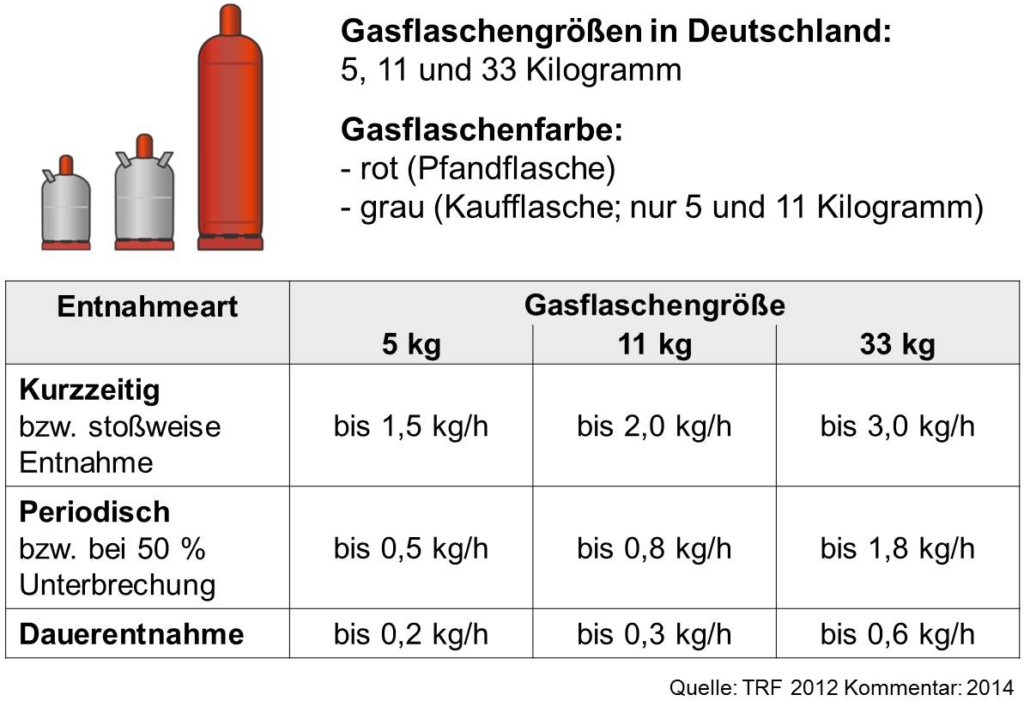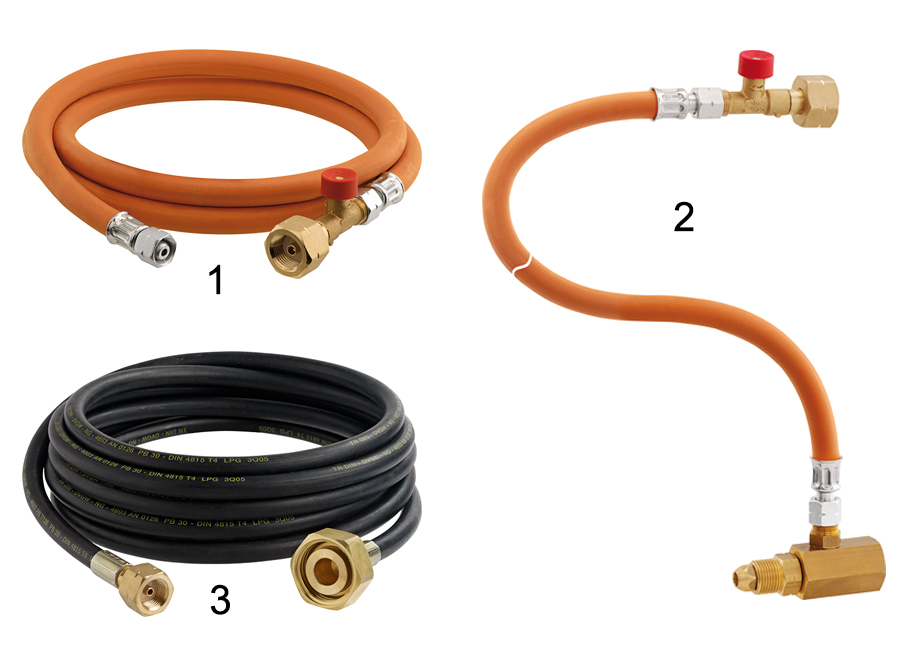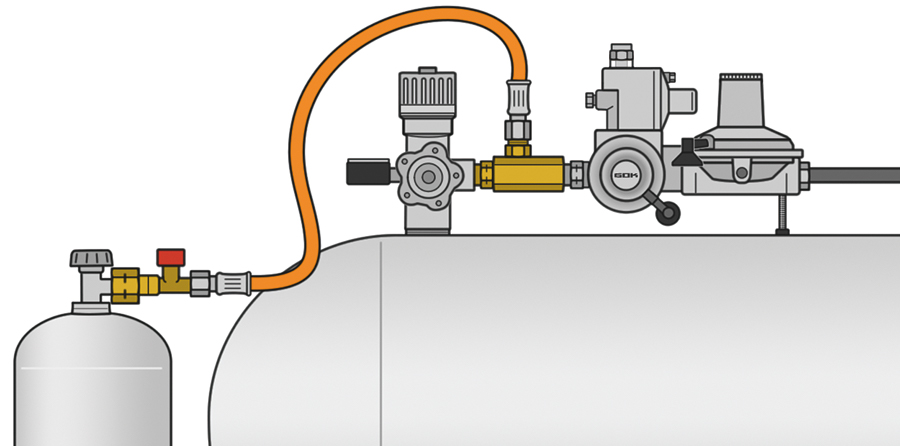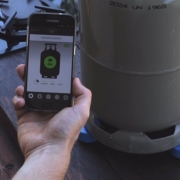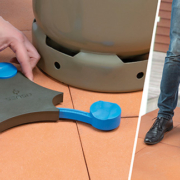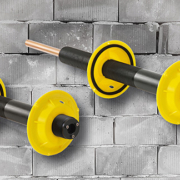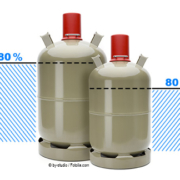How can I operate a system despite an empty LPG tank?
Summer: A restaurant is holding a large barbecue party. In the middle of the preparations, the gas stove and gas oven refuse to work. Winter: Low temperatures outside, cosy heat indoors. But then: The temperature inside falls because the gas heater has a fault. In both cases, the LPG tank may be empty. So, what can you do?
There are various options to counteract these or similar scenarios:
Prevention
First, you can minimise the risk of an unexpectedly empty tank. GOK recommends constantly monitoring the filling level. For example, every LPG tank has a mechanical level gauge on which the operator can read the filling level. For systems with difficult access to the level gauge, the use of an electronic remote display makes sense.
The operator can install it on the systems at a point where they can keep track of the filling level. In addition, GOK offers the option of conveniently monitoring the content of the LPG tank by text message or internet database.
First aid when the tank is empty
But what to do if the worst case scenario becomes a reality?In such events – and if the LPG supplier does not incidentally have their premises next door to you – the operator can operate the system from an LPG cylinder or have the tank refilled as an emergency.
Three options:
If the tank pressure regulator has a so-called emergency supply connector, the operator can connect a gas cylinder to the system using a hose including excess flow device (option 1).
However, if the tank pressure regulator does not have an appropriate connection, the emergency supply fittings may help (option 2). Big difference from the above option: Between the POL connection of the tank and the pressure regulator, a T-piece is installed which connects the gas cylinder to the system.
Option 3: A 33-kilogram gas cylinder and the tank can be connected directly to each other via an emergency filling hose assembly. This filling may only be carried out by a gas supplier specialist – and under no circumstances by the operator themselves.
Fulfilling a requirement
With these three options, an LPG system can be restarted quickly when the tank is empty. The requirement for this is that the operator receives LPG cylinders quickly; in the best case, they have stored them as an emergency reserve.
But be careful, a 33-kilogram cylinder is not a permanent replacement. It becomes empty more quickly than expected or in the worst case it cannot deliver the necessary amount of LPG permanently. The following diagram shows the maximum withdrawal output of a 33-kilogram cylinder:
